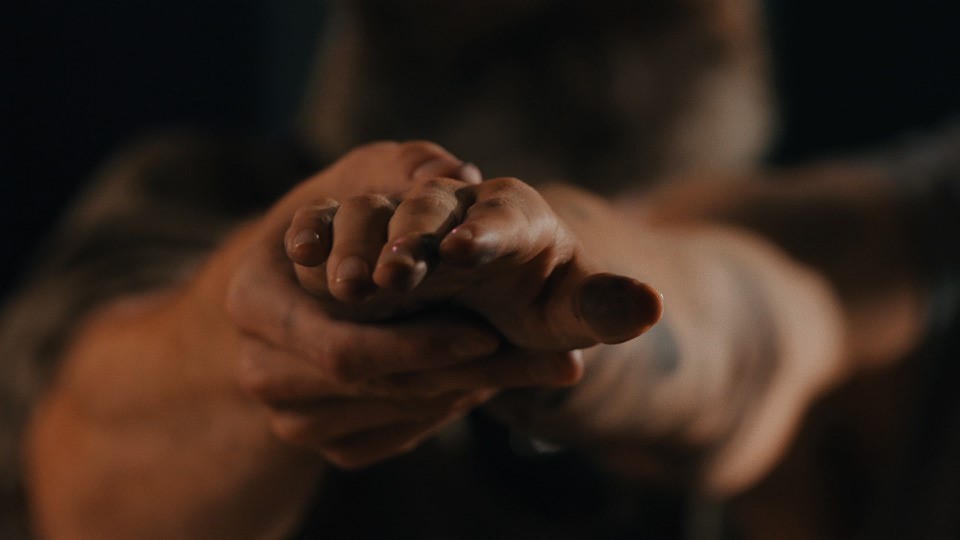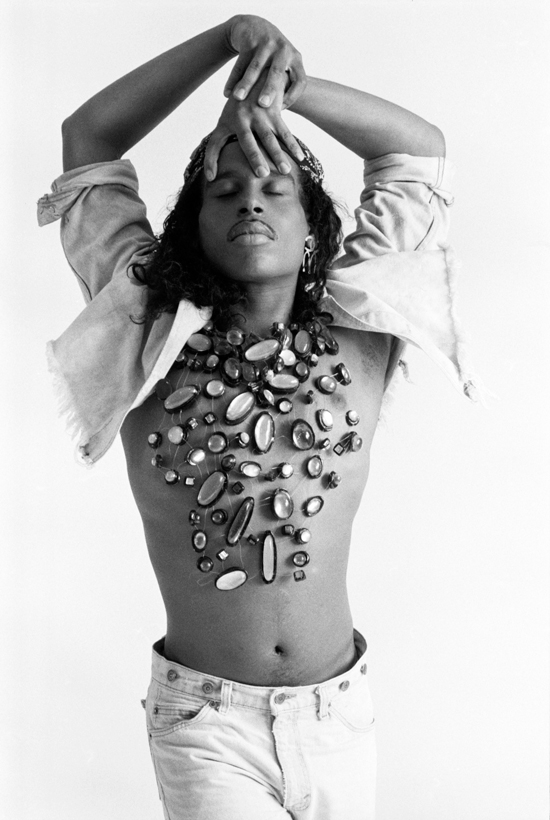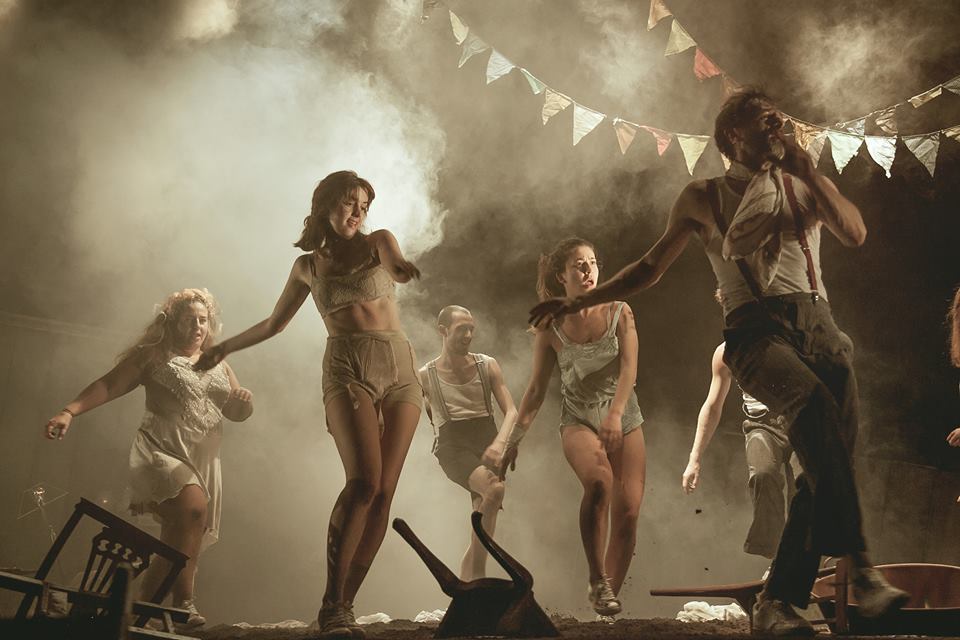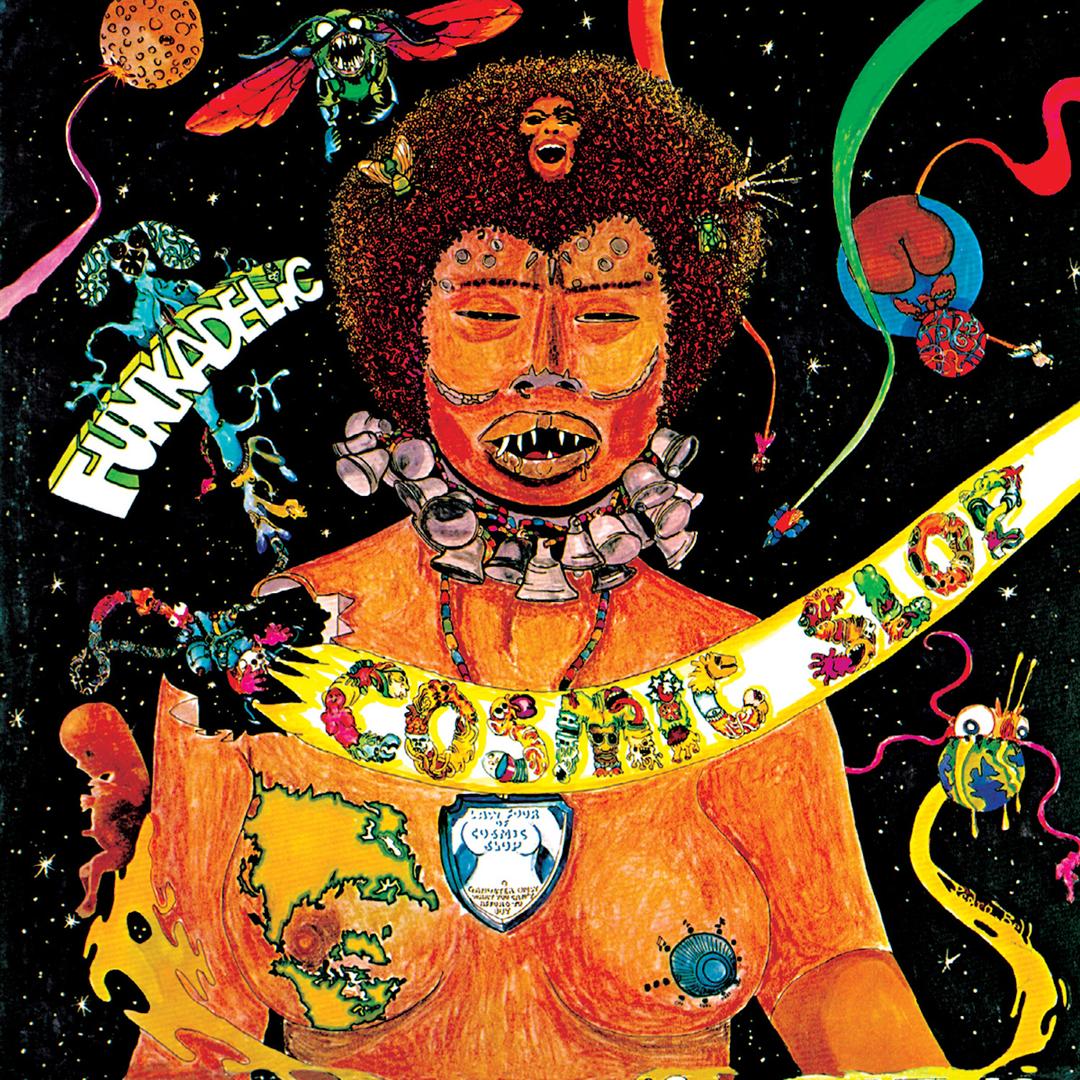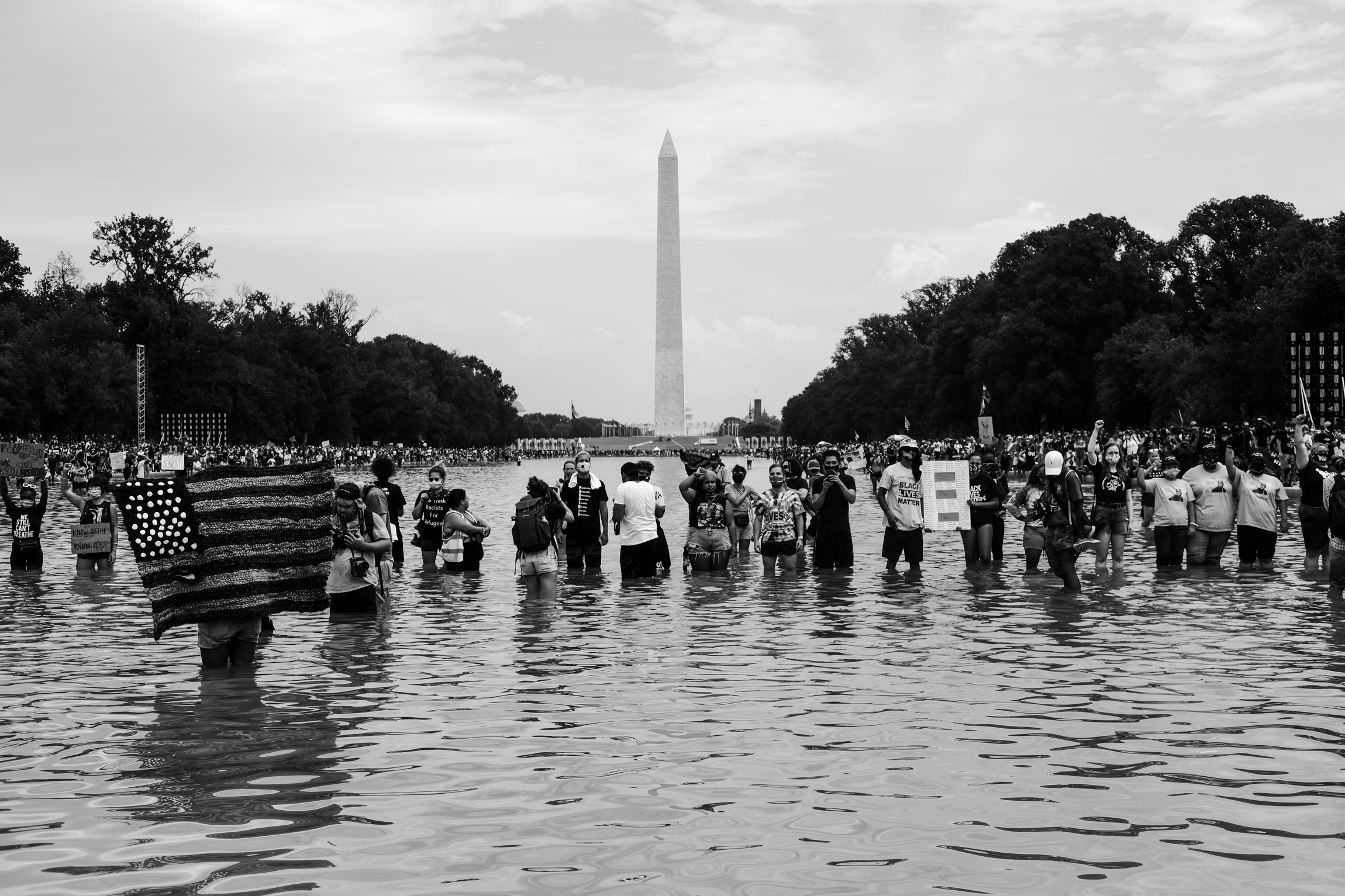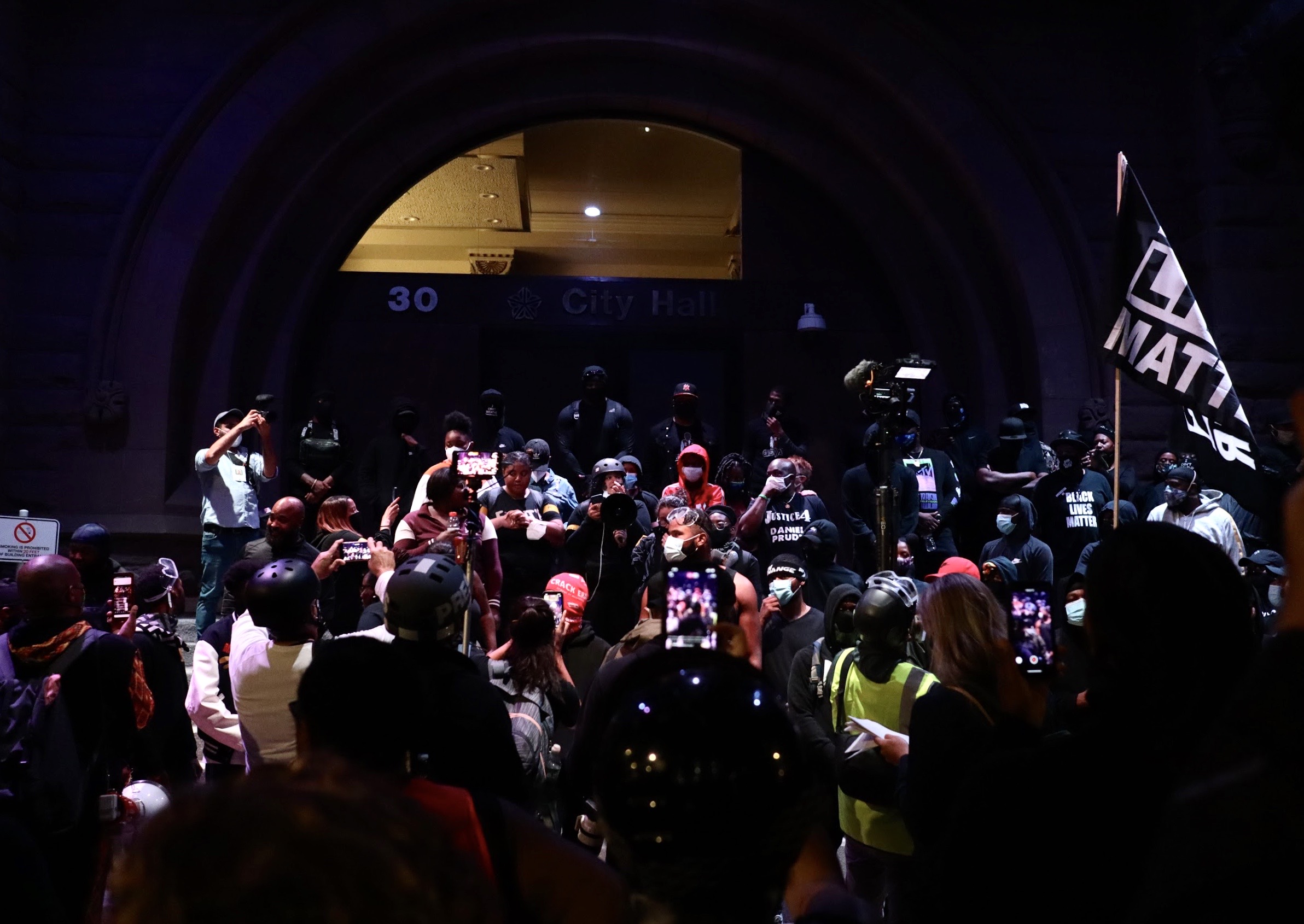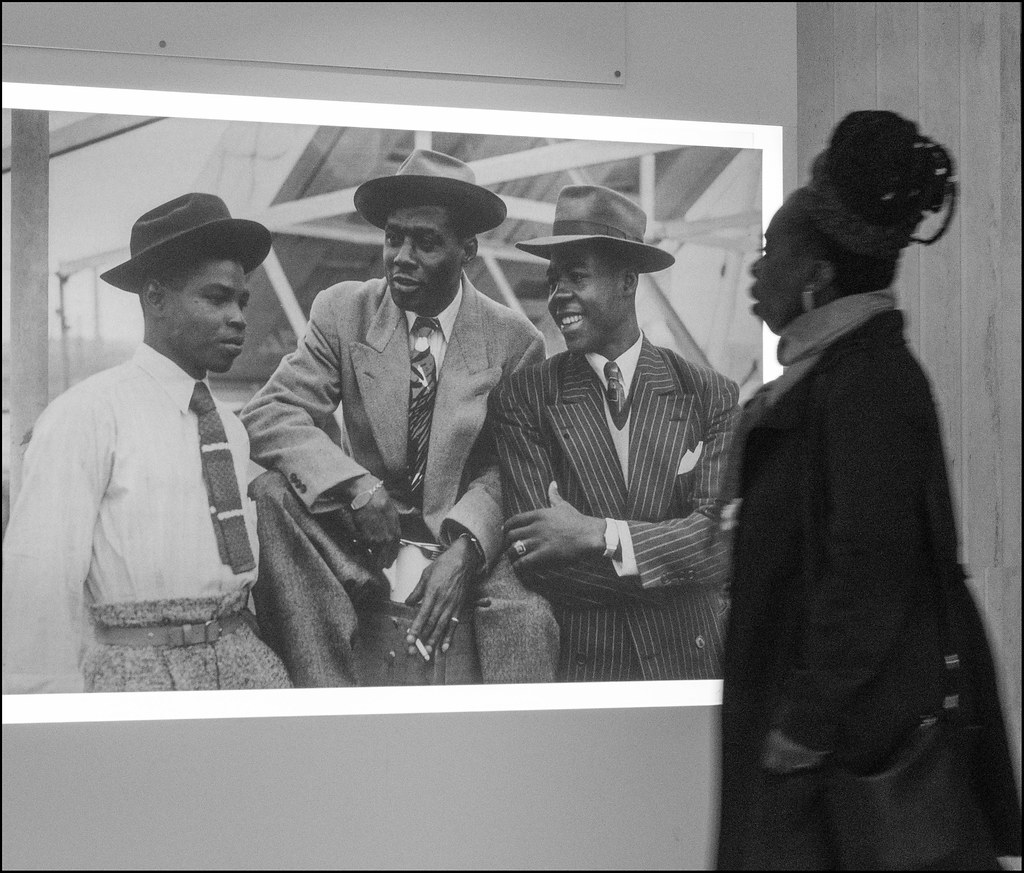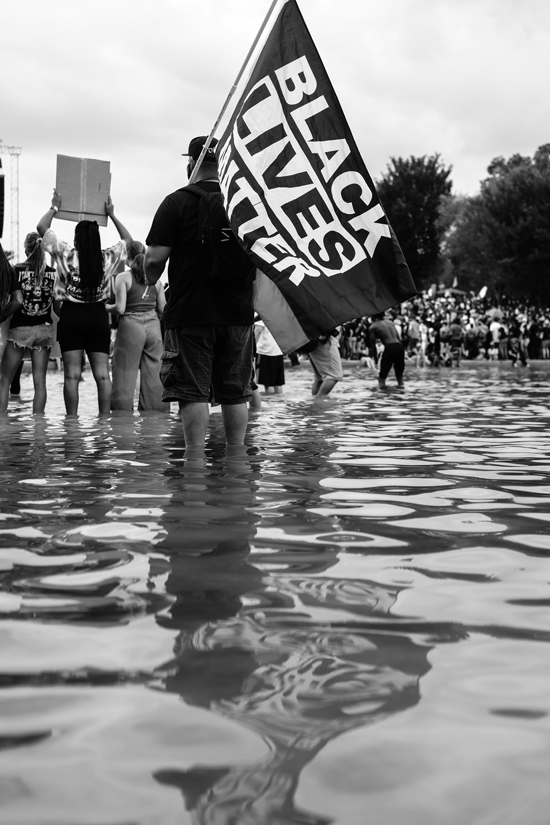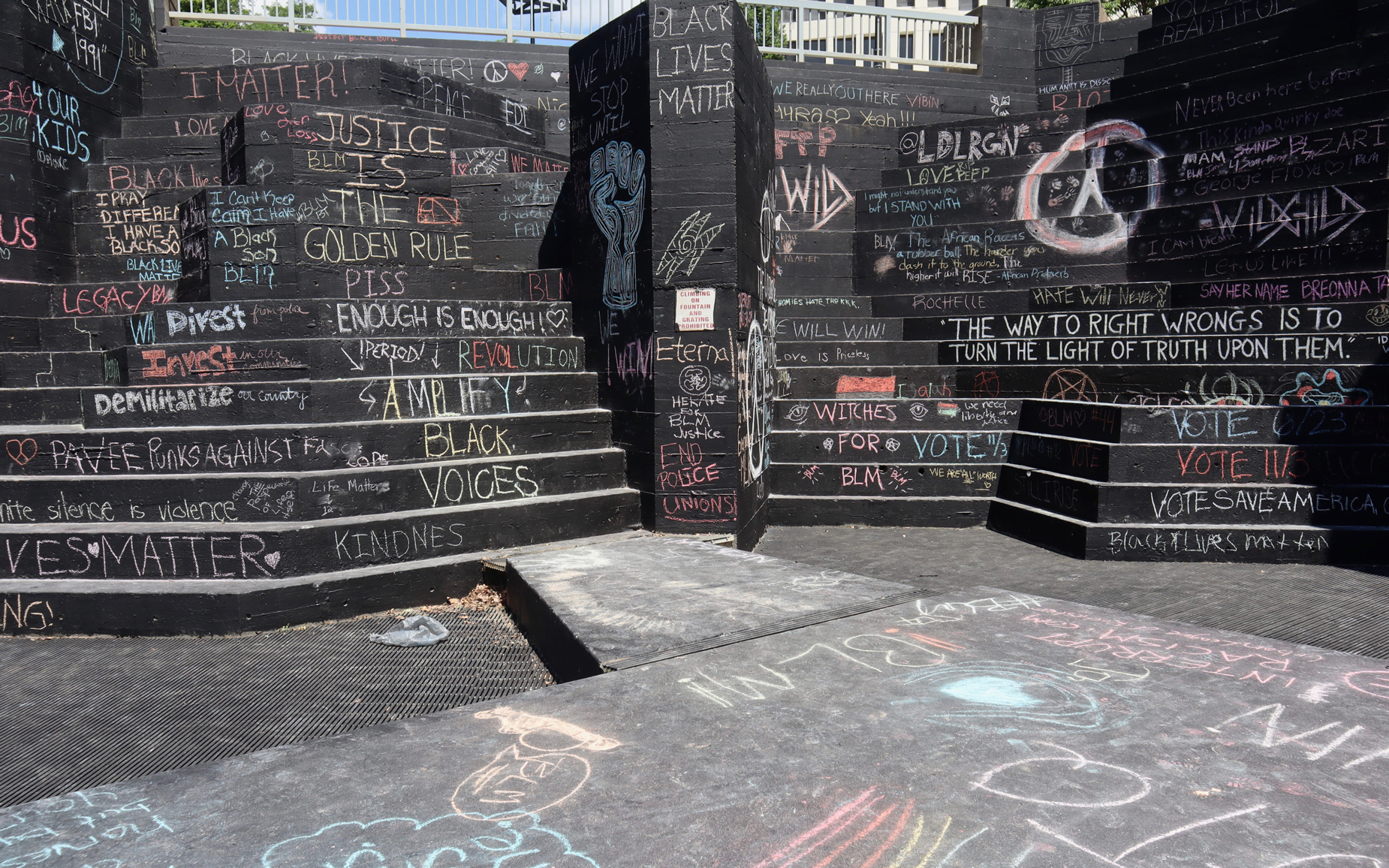Manhattan-Hanover Transfer
by Lutz Hieber and Gisela Theising We got to know Douglas Crimp, maven of New York AIDS activist art, in the summer of 1990. He seemed to us to be the living embodiment of an intellectual. Jean Paul Sartre describes intellectuals as being concerned with relating the way they act and see themselves in concrete terms to society at large, as distinct from academics, whose efforts are confined to expanding a specific store of knowledge.1 The intellectual Crimp was aware of the contradiction between the general nature of his knowledge and the specificity of the political and social context to which he applied it—a contradiction which he never forgot. Our contact with Douglas Crimp motivated us to reflect on the contradictions in our own German culture specifically, and lives. We came to realize that we needed to confront our cultural unconscious. The sociologist Pierre Bourdieu coined the term l’inconscient culturel (cultural unconscious) to denote the key aspect of human habitus that is formed when the individual develops modes of perception, cognition, and behavior. The habitus …



